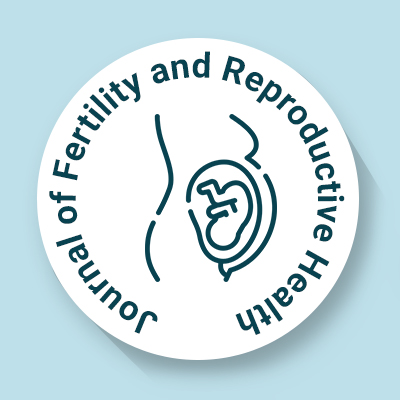
Journal of Fertility and Reproductive Health
OPEN ACCESS

OPEN ACCESS
.jpg)
Microplastics (MPs) and nanoplastics (NPs) have become significant environmental contaminants with growing concern about their effects on female reproductive health. These particles, which can enter the body through ingestion, inhalation, and skin contact, have been found to accumulate in reproductive organs, causing harm. MPs/NPs are linked to oxidative stress, hormonal disruption, DNA damage, and epigenetic changes, which can negatively affect fertility, oocyte quality, and embryo development. The potential cross-generational effects of MPs/NPs could impact offspring’s immune systems, neurological development, and metabolic processes, posing long-term health risks. Additionally, MPs/NPs can act as carriers for other pollutants, amplifying their toxicity when co-exposed. Although much of the research comes from animal models, the implications for human health are concerning. Addressing the risks associated with MPs/NPs requires further investigation into their mechanisms, combined with robust environmental policies and public health strategies to protect reproductive health and reduce exposure to these harmful contaminants.